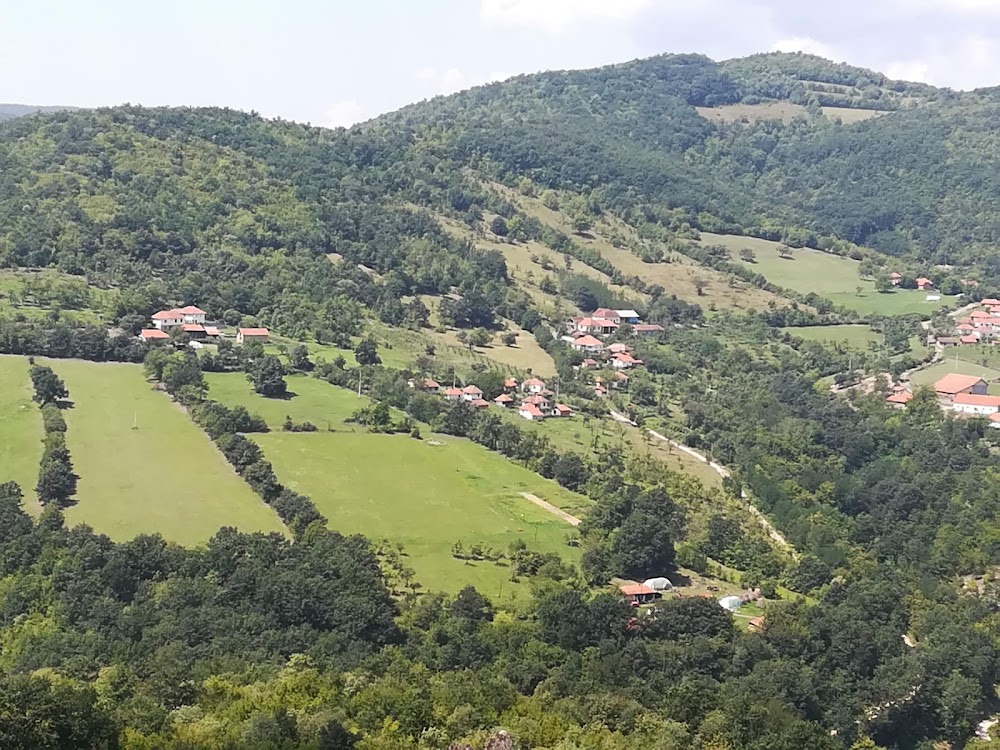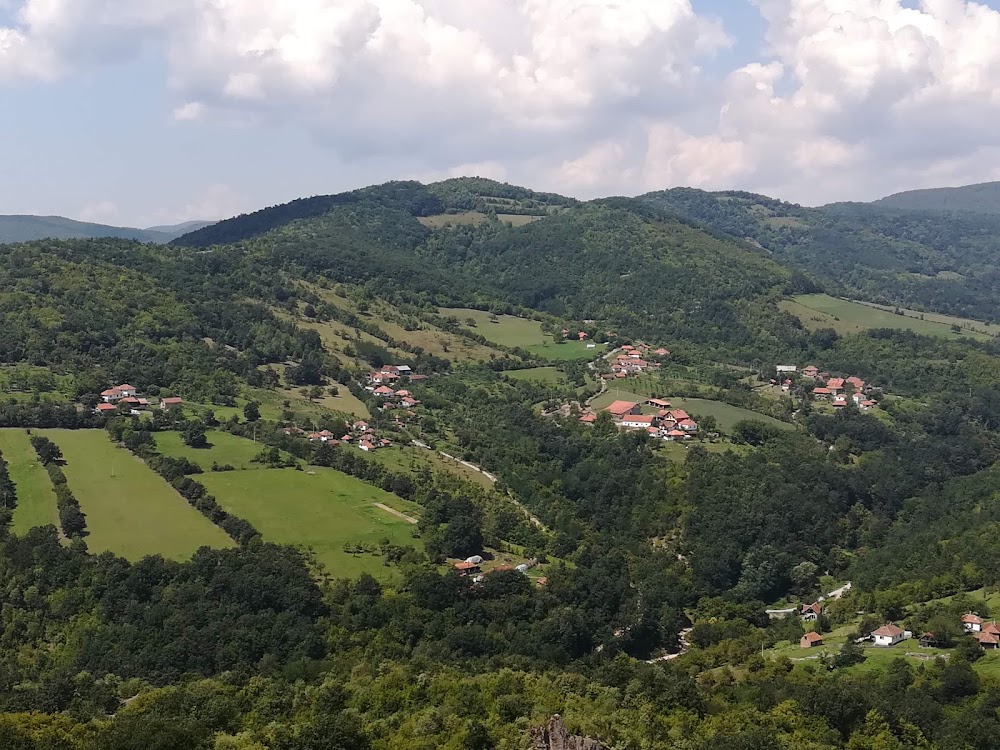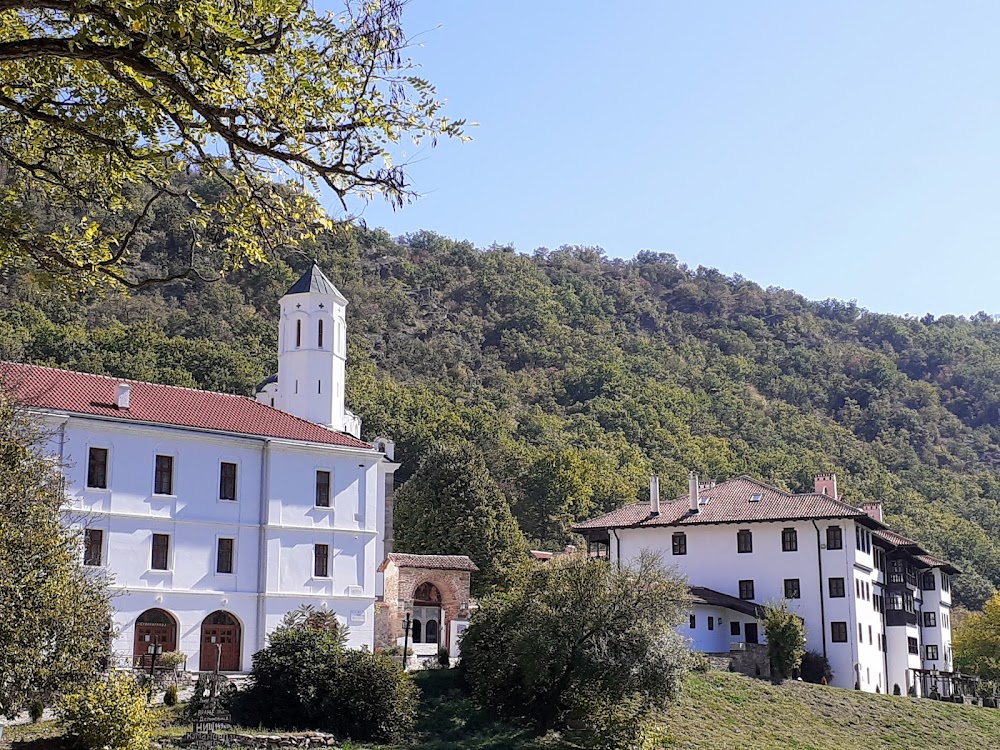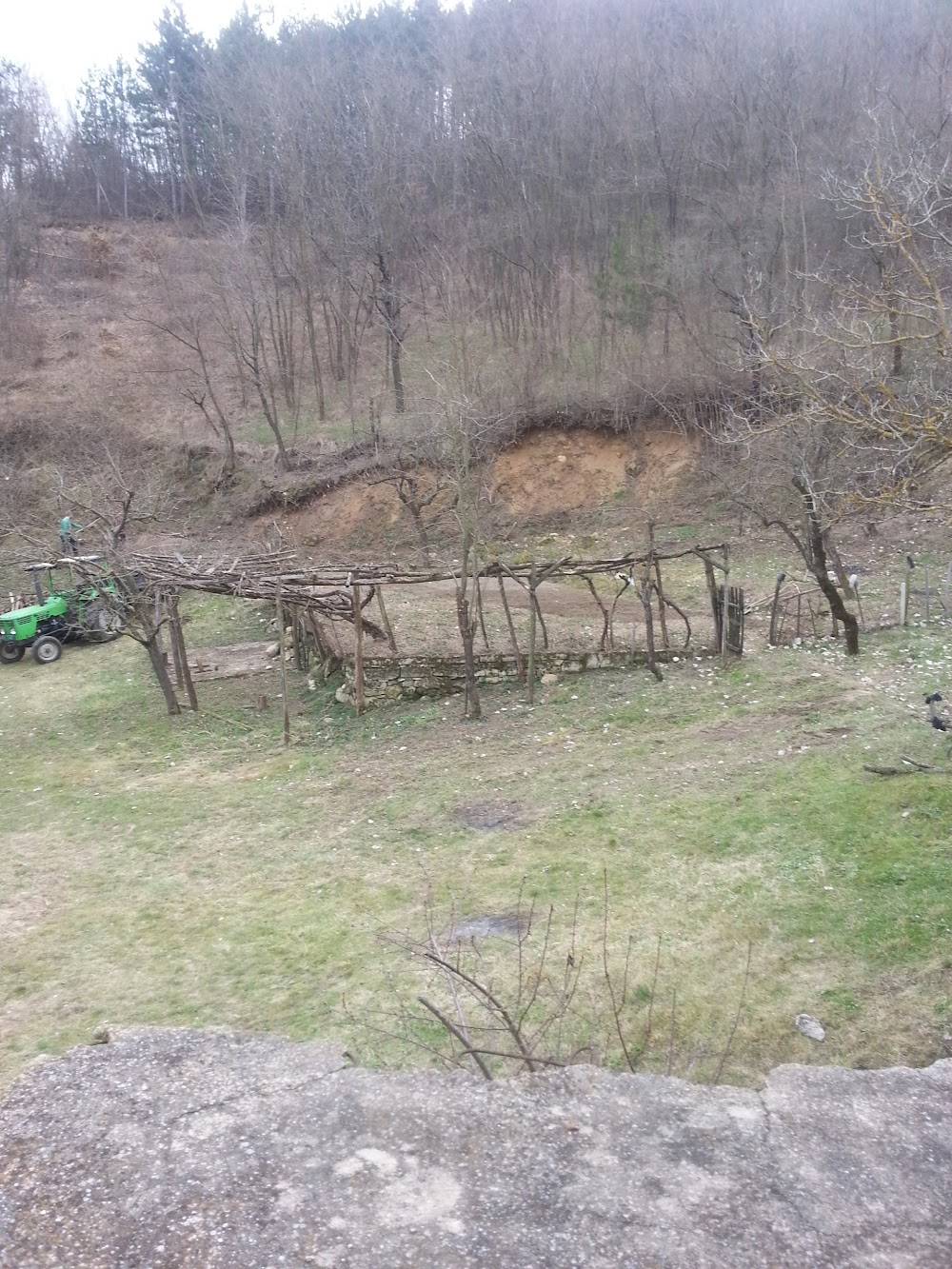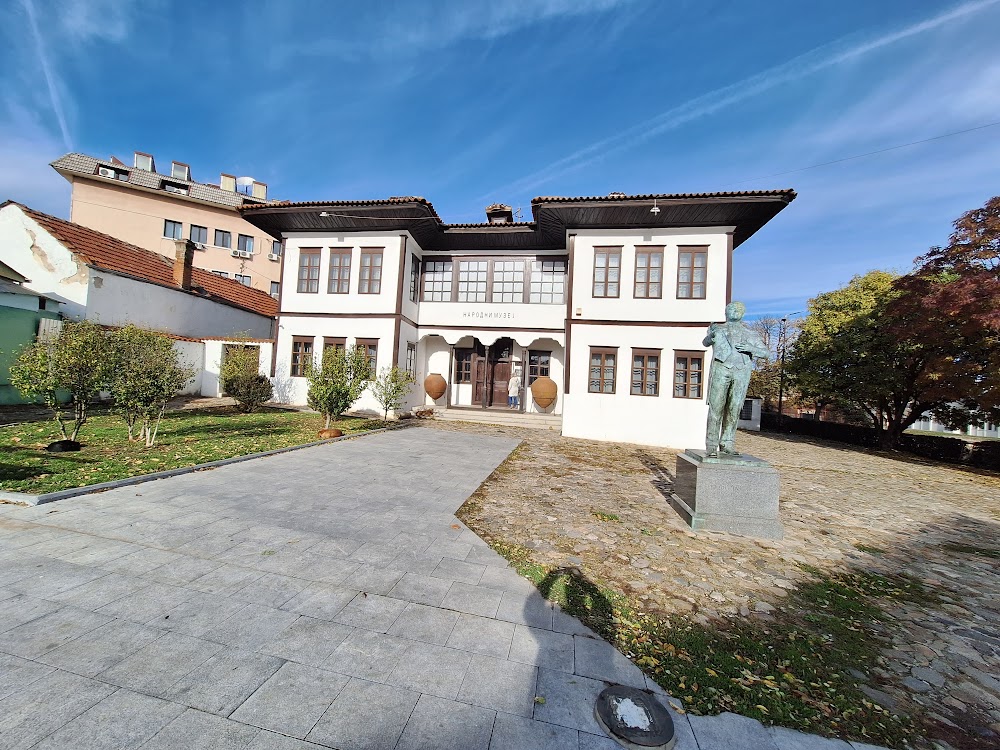Borač Fortress (Борачка тврђава)
Overview
The **Borač Fortress** is a captivating landmark nestled in the beautiful **Pčinja District** of Serbia. This ancient stronghold stands as a testament to historical ingenuity and resilience, having withstood the test of time and numerous battles. The fortress, steeped in rich history, invites visitors to explore the tales woven into its very stones.
Constructed in the **14th century**, the Borač Fortress is a remarkable example of medieval architecture. Built with limited technology, its strategic location on a rocky hilltop provided a natural defensive advantage, with steep cliffs deterring potential invaders. This elevated position offers a breathtaking **360-degree view** of the surrounding landscape, allowing inhabitants to spot approaching threats from a distance.
The walls of the fortress, made from **rough-hewn stone**, rise robustly, embodying strength and durability. Skilled local stonemasons meticulously chiseled each block, laying them in an interlocking pattern that has stood the test of centuries. Minimal use of wooden elements in the construction—primarily for floors and ceilings—was a deliberate choice to reduce fire hazards and enhance longevity.
At the heart of the fortress is the **central keep**, which served as a safe haven during sieges and a stronghold for the garrison. Surrounding this central structure are several outer walls and smaller interconnected buildings, all designed to protect the inhabitants. Within the keep, various chambers served specific purposes, while a network of cellars and tunnels below provided storage and strategic escape routes during times of peril.
Throughout its extensive history, Borač Fortress played a pivotal role in regional defense, especially during the **Ottoman incursions** in the late medieval period. Its elevated position made it a formidable fortification, with countless battles fought at its gates. The walls bear the scars of both triumph and defeat, having withstood cannon fire and the relentless assaults of invading forces.
In times of peace, the fortress transformed into a center for local governance and commerce. Markets flourished outside its walls, and the fortress became a vital hub for trade. The nearby community, relying on the protection offered by this stronghold, thrived and developed over the centuries, laying the groundwork for the vibrant area we see today.
As modern warfare evolved, many medieval fortresses, including Borač, lost their strategic significance. With the passage of time, the fortress transitioned from a military bastion to a cherished historical monument.
In recent years, significant efforts have been made to **preserve** this ancient structure. Restoration projects initiated in the late 20th century have focused on maintaining both the structural integrity and historical accuracy of the fortress. Preservationists have employed a blend of traditional and modern techniques to repair damaged sections, reinforcing the stone walls while ensuring the fortress retains its original aesthetic and significance.
Today, **Borač Fortress** stands as a proud monument to medieval architecture and history, drawing visitors from near and far. It offers a captivating glimpse into the past, with its imposing structure and stunning views of the Pčinja District. Modern explorers can wander through its ancient halls, envisioning the lives of soldiers who once stood guard, the peasants seeking refuge, and the daily activities that brought this stone giant to life.
In essence, Borač Fortress is more than just stone and mortar; it serves as a **living museum**, resonating with the resilience and history of Serbia. From its strategic beginnings to its current role as a historical site, this fortress continues to captivate and inspire all who gaze upon its storied walls.


